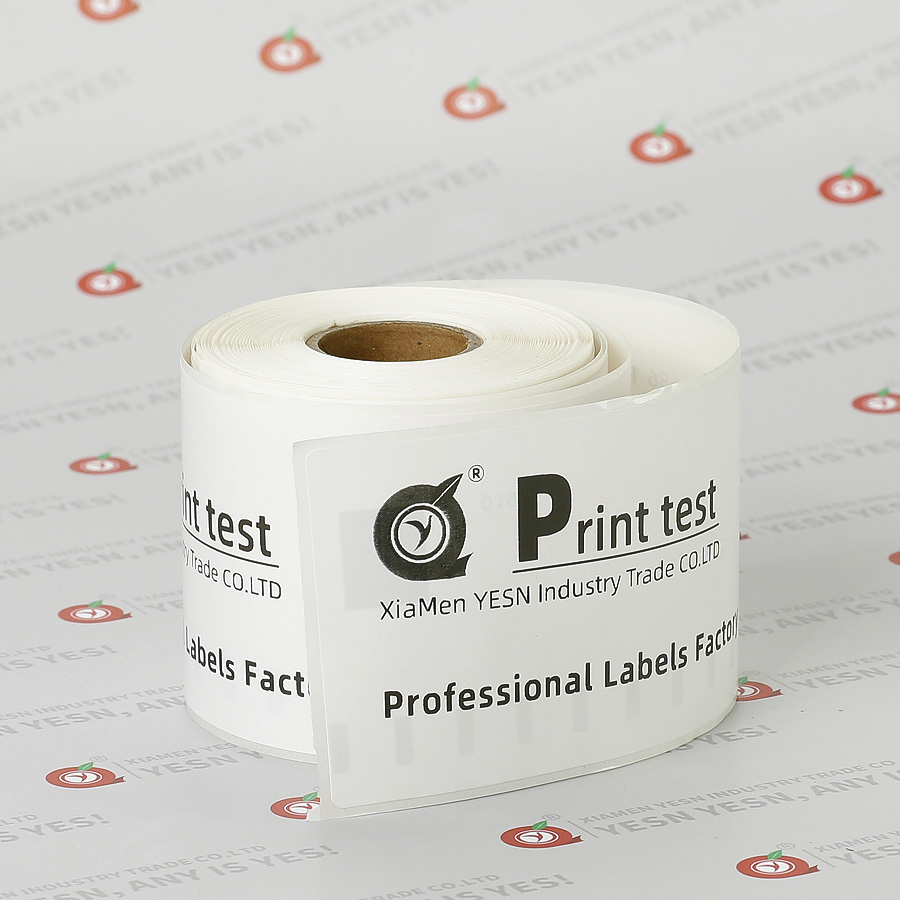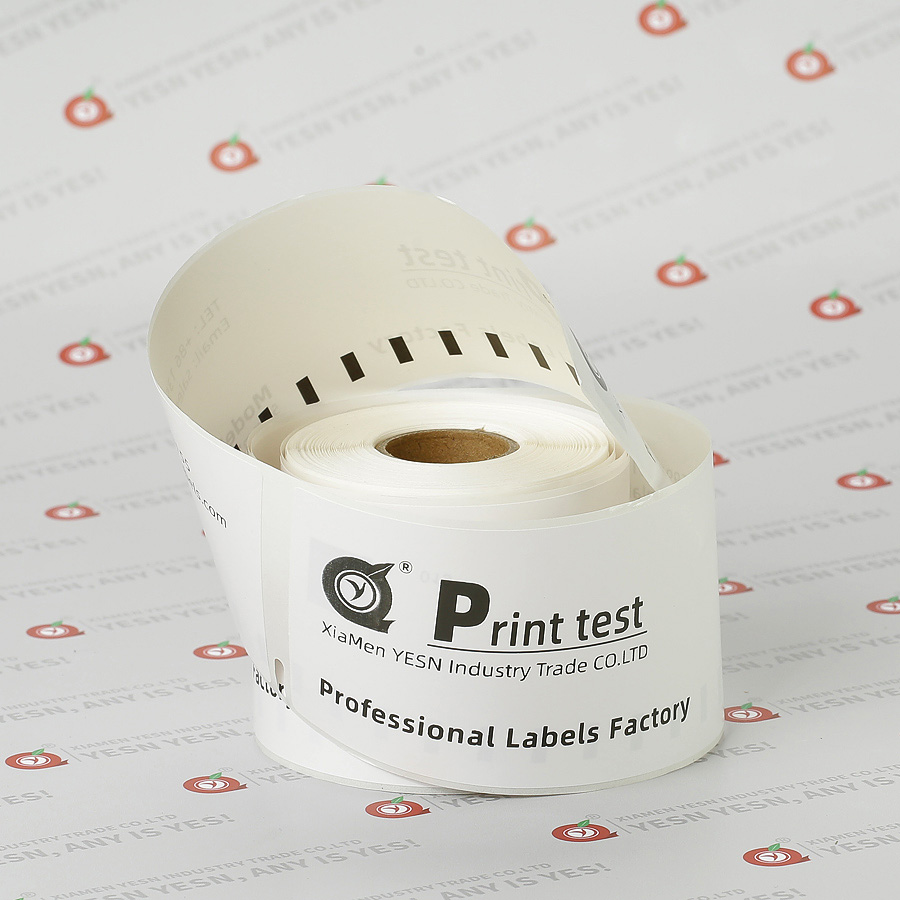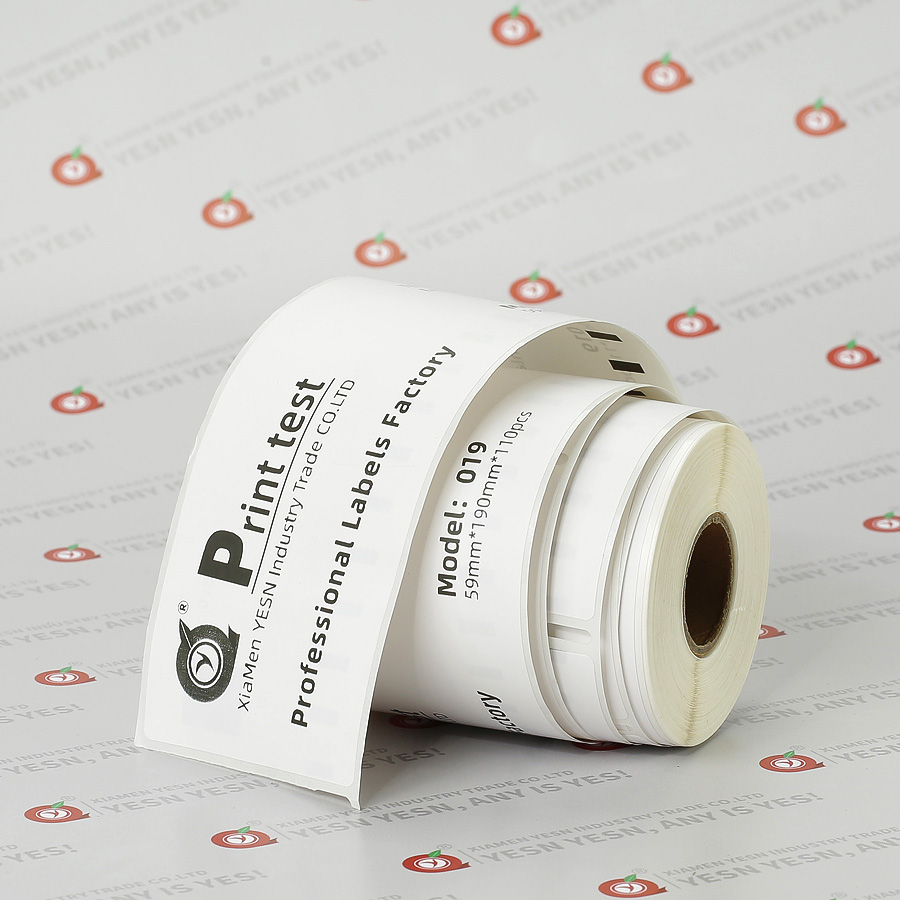How to Make Your Own Label Stickers
Creating your own label stickers can be a cost-effective and personalized solution for various needs,
whether for shipping, product labeling, or home organization. Here’s a step-by-step guide to help you get started:
1.Choose the Right Software:
.Use software like Microsoft Word, Excel, Adobe Acrobat,
or specialized label-making software (e.g., Endicia, ShipStation, Avery Design & Print Online).
.These tools offer templates and design options to make the process easier.
2.Design Your Label:
.Input the necessary information, such as recipient and sender addresses, product names, and any additional details.
.Add graphics, logos, or barcodes if needed to make your labels more professional and informative.
3.Select the Right Material:
.Use high-quality adhesive label paper to ensure durability and adhesion.
.Consider weather-resistant and waterproof materials if your labels will be exposed to outdoor conditions.
4.Print and Test:
.Print a test label to ensure all the information is clear and the label adheres properly.
.Adjust the design or printer settings if needed to achieve the best results.
5.Cut and Apply:
.Cut the printed labels to the desired size using scissors or a paper cutter.
.Apply the labels to your packages or products, ensuring they are smooth and secure.

What Is a Sticker and a Label?
Understanding the difference between a sticker and a label can help you choose the right product for your needs:
1.Sticker:
.A sticker is a piece of paper, plastic, vinyl, or other material with an adhesive backing.
.Stickers are often used for decorative purposes, branding, or temporary signage.
.They can be printed with a variety of designs and are usually more colorful and eye-catching.
2.Label:
.A label is a type of sticker specifically designed to provide information.
.Labels are commonly used for product identification, shipping, and compliance requirements.
.They are often more functional and may include barcodes, QR codes, and detailed text.

How to Get Free Shipping Label Stickers
Obtaining free shipping label stickers can be beneficial for small businesses or individuals who frequently ship packages.
Here are some ways to get them:
1.Shipping Carriers:
.UPS: Register for a UPS account and use their free label-making software (e.g., UPS CampusShip, UPS WorldShip) to create and print labels.
.USPS: Use the USPS website to create and print free shipping labels for Priority Mail and Priority Mail Express.
.FedEx: Sign up for a FedEx account and use their online tools to generate free shipping labels.
2.Online Marketplaces:
.Amazon: If you sell on Amazon, you can use their FBA (Fulfillment by Amazon) service, which provides free shipping labels for eligible items.
.Etsy: Etsy sellers can use the platform’s built-in shipping label service, which often includes discounts or free labels for certain shipping options.
3.Promotions and Discounts:
Keep an eye out for promotions and discounts offered by shipping carriers and online marketplaces.
These can sometimes include free shipping labels or reduced rates.

What Is the Best Sticker for a Label?
Choosing the right sticker for your labels depends on the specific application and environmental conditions.
Here are some of the best options:
1.Paper Labels:
.Pros: Inexpensive, easy to print, and widely available.
.Cons: Not durable in wet or rough conditions.
.Best For: Indoor use, short-term shipping, and general labeling.
2.Vinyl Labels:
.Pros: Durable, weather-resistant, and tear-resistant.
.Cons: More expensive than paper labels.
.Best For: Outdoor use, harsh environments, and long-term labeling.
3.Polypropylene Labels:
.Pros: Water-resistant, durable, and flexible.
.Cons: Slightly more expensive than paper labels.
.Best For: Moisture-prone environments, product packaging, and shipping.
4.Thermal Transfer Labels:
.Pros: High durability, resistant to fading and smudging.
.Cons: Requires a thermal transfer printer and special ribbons.
.Best For: Barcoding, asset tracking, and industrial applications.
By understanding the differences between stickers and labels,learning how to create your own label stickers,
exploring ways to get free shipping labels, and choosing the best material for your needs,
you can effectively manage your labeling requirements and save money in the process.
 +86 13306035080
+86 13306035080 Skype: labelpaper
Skype: labelpaper WhatsAPP: +86 13599530155
WhatsAPP: +86 13599530155 order@yesnlabels.com | sales@yesnlabels.com
order@yesnlabels.com | sales@yesnlabels.com


 No.8-1 JiuZhanLinLi HeShan XinMin Town TongAn District XiaMen 361100 China
No.8-1 JiuZhanLinLi HeShan XinMin Town TongAn District XiaMen 361100 China Phone+86 13306035080
Phone+86 13306035080 AddressNo.8-1 JiuZhanLinLi HeShan XinMin Town TongAn District XiaMen 361100 China
AddressNo.8-1 JiuZhanLinLi HeShan XinMin Town TongAn District XiaMen 361100 China E-amil
E-amil

